Best movies & TV Shows like The Great Ships
A series from the History Channel that explores the great ships in history.
A unique, carefully handpicked, selection of the best movies like The Great Ships Starring Monte Markham, and more. If you liked The Great Ships then you may also like: WWII From Space, The Battle of Britain, Rome's Invisible City, Deep Inside The Titanic, Titanic: 100 Years in 3D and many more popular movies featured on this list. You can further filter the list even more or get a random selection from the list of similar movies, to make your selection even easier.
From ancient ships to modern carriers, THE GREAT SHIPS lets you step on board to explore the design, construction, technology and armaments of history's great vessels of war and peace.
You may filter the list of movies on this page for a more refined, personalized selection of movies.
Still not sure what to watch click the recommend buttun below to get a movie recommendation selected from all the movies on this list
The Battle of Britain
Seventy years on, brothers Colin and Ewan McGregor take viewers through the key moments of the Battle of Britain, when 'the few' of the RAF faced the might of the Nazi Luftwaffe. As they fly historic planes, meet the veterans, explore the tactics and technology, Colin and Ewan discover the importance of the Battle and the surviving legacy of the 1940's campaign for the modern RAF.
Rome's Invisible City
With the help of a team of experts and the latest in 3-D scanning technology, Alexander Armstrong, along with Dr Michael Scott, explores the hidden underground treasures that made Rome the powerhouse of the ancient world.
Deep Inside The Titanic
The Titanic lies in complete darkness, four kilometers beneath the ocean. So remote is this famous wreckage that only a small handful of explorers and scientists have dared to make the dangerous journey down to her decks. However, now we too can explore what is left of the mighty ship. Using special remote submersibles to glide through the living spaces of the Titanic, viewers witness the current condition of the ballrooms, hallways and living quarters of this famous vessel. In addition, this unique programme reveals what each room was like before the tragedy. On a guided tour of the ship, the stories of the inhabitants of each room are told. Around each corner, the grandeur that made this ship the pride of the White Star Line brings home the poignant story of those who spent their last moments aboard.
Titanic: 100 Years in 3D
100 years after an iceberg defeated the 882-foot luxury liner on its maiden voyage, scientists and historians are still exploring the Titanic. Armed with modern camera technology, submersibles were sent down to the ship's final resting place with the hope of capturing HD 3D visuals of the wreckage, in order to support or even confirm theories about the damage that took the boat down. Now, History Channel has brought some of that footage home in this 45-minute TV special, presented in 3D so that future generations can see it for themselves.
Titanic's Achilles Heel
An expedition looks into whether Titanic's hull had a construction design flaw that caused her to break apart. Featuring advanced CGI technology, archive documents and photographs, as well as footage from the modern-day History(R) expeditions, "Titanic's Achilles Heel" is a remarkable journey into the ongoing legacy of a ship that continues to capture the world's attention.
Clean Lines, Open Spaces: A View of Mid-Century Modern Architecture
"Clean Lines, Open Spaces: A View of Mid-Century Modern Architecture" focuses on the construction boom in the United States after World War II. Sometimes considered cold and unattractive, mid-century modern designs were a by-product of post-war optimism and reflected a nation's dedication to building a new future. This new architecture used modern materials such as reinforced concrete, glass and steel and was defined by clean lines, simple shapes and unornamented facades.
Hearts in Bondage
Best friends Kenneth Reynolds and Raymond Jordan are U.S. Navy officers, and Kenneth is engaged to Raymond's sister. But the eruption of the Civil War divides them, as Raymond stands by his native Virginia while Kenneth remains on duty as a Northern officer. Kenneth's uncle, John Ericsson, designs a new kind of ship, an ironclad he calls the Monitor. Eventually the war pits Kenneth, on board the Monitor, against his friend Raymond, serving aboard the South's own ironclad, the Merrimac (as it is called here). A naval battle ensues, one that will go down in history.
Infinity's Child
The Phleig exploration vessel, Infinity's Child, is discovered adrift on the edges of explored space. Its crew of thousands are mysteriously missing. The ship's logs point to an ancient legend of a "gateway world" thought to be an entry point to realities beyond. The Phleig discover the location of this world and launch a massive mission to explore it. What they find when they arrive is nothing like they ever imagined...
The Expanse
A thriller set two hundred years in the future following the case of a missing young woman who brings a hardened detective and a rogue ship's captain together in a race across the solar system to expose the greatest conspiracy in human history.
Modern Marvels
HISTORY’s longest-running series moves to H2. Modern Marvels celebrates the ingenuity, invention and imagination found in the world around us. From commonplace items like ink and coffee to architectural masterpieces and engineering disasters, the hit series goes beyond the basics to provide insight and history into things we wonder about and that impact our lives. This series tells fascinating stories of the doers, the dreamers and sometime-schemers that create everyday items, technological breakthroughs and manmade wonders. The hit series goes deep to explore the leading edge of human inspiration and ambition.
Engineering an Empire
Engineering an Empire is a program on The History Channel that explores the engineering and/or architectural feats that were characteristic of some of the greatest societies on this planet. It is hosted by Peter Weller, famous for his acting role as RoboCop but also a lecturer at Syracuse University, where he completed his Master's in Roman and Renaissance Art. The executive producer is Delores Gavin. The show started as a documentary about the engineering feats of Ancient Rome and later evolved into a series. It originally ran for one full season of weekly episodes.
Lost Worlds
Lost Worlds is a documentary television series by The History Channel that explores a variety of "lost" locations from ancient to modern times. These "great feats of engineering, technology, and culture" are revealed through the use of archaeological evidence, interviews with relevant experts while examining the sites, and CGI reproductions. These visual re-creations take the form of rendered 3D environments and photo manipulated overlays, allowing the "lost world" to be seen over its present-day state. The pilot episode "Palenque: Metropolis of the Maya" was first aired on April 4, 2005. It was followed by 12 more episodes in 2006, and a further 19 episodes in 2007.
Hero Ships
From the ship nicknamed "Old Ironsides" to today's nuclear-powered marvels, these U.S. Navy legends and their crews have made a name for themselves as some of the most impressive fighting vessels in history. Admired at home and abroad, each has their own story to tell. Watch to find out why they're called Hero Ships.
Ancient Worlds
Archaeologist and historian Richard Miles traces the development of Western civilization, from the first cities in Mesopotamia to the fall of the Roman Empire. In this six-part series, Miles travels through the Middle East, Egypt, Pakistan and the Mediterranean to discover how the challenges of society -- religion and politics, art and culture, war and diplomacy, technology and trade -- were dealt with and fought over in order to maintain a functioning civilization. Stories are told of disappeared, ruined and modern cities, from ancient Iraq to modern Damascus, to reveal how successes and failures of the ancients shaped the world today.
How to Build
Britain's iconic and 'secretive' engineering companies reveal how they build the world's most amazing machines. The first part of the series "How to build a nuclear submarine" a documentary following the construction of the Astute nuclear submarine. The second part of the series "How to build a jumbo jet engine", the story of the thousands of people who design, build and test engines at Rolls-Royce’s manufacturing plants in Derby and across the UK, making Rolls-Royce a central part of life for the people of places like Derby. The third and final part of the series "How to build Britain's secret engineers" when the documentary team follows workers at a leading British company on a global journey, as they reveal a handful of their secretive projects including getting Chinook helicopters ready for front line service.
Mega Builders
Capturing the biggest, most complex, most stressful and most dangerous engineering projects around the world, Megabuilders chronicles the most awe-inspiring construction projects in modern engineering.
Sworn to Secrecy: Secrets of War
Secrets are divulged and stories of espionage, conspiracy, murder, sabotage and greed are uncovered.
Nazi Megastructures
In a quest for world domination, the Nazis built some of the biggest and deadliest pieces of military hardware and malevolent technology in history. This is the stories of the engineers who designed them and how these structures sparked a technological revolution that changed warfare forever.
Ancient Impossible
Ancient Impossible, the new H2 series, picks up where HISTORY’s long running Ancient Discoveries left off. In this next generation of storytelling, Ancient Impossible reveals how many of today’s technological achievements were actually developed centuries ago. Colossal monuments, impossible feats of engineering and technologies so precise they defy reinvention–the ancient world was far more advanced than we ever imagined. We’ll travel through history to reveal a radically different picture of the past, with innovations so far ahead of their time, they’re still in use today. New science uncovers a lost world more like our own than we ever suspected, and reveals how modern technology has its blueprint in the ancient world.
WWI: The First Modern War
When ancient war tactics became overwhelmed by powerful new weapons like tanks, air attacks, weapons of mass destruction and submarines, a pivotal game-changing moment in history occurred. History is delving into the background of each weapon explaining the how and why they were developed, the strategy, and their ultimate effectiveness.
Impossible Engineering
Behind every seemingly impossible marvel of modern engineering is a cast of historic trailblazers who designed new building techniques, took risks on untested materials and revolutionised their field. Each episode details how giant structures, record-beating buildings, war ships and spacecraft are built and work. As the show revels in these modern day creations, it also leaps back in time to recount the stories of the exceptional engineers whose technological advances made it all possible.
Wild Sri Lanka
Wild Sri Lanka is a three part mini series about this tropical island in the Indian Ocean, off the southeastern coast of India. This land was wracked by civil war for decades. But now, researchers can bring modern science and technology to bear, in order to take stock of what lives here. The series explores the diverse wildlife of the country's coast and seas, taking clues from the water around the island to examine how the landmass came to be and why its complex climate and unique location see such a diverse range of species inhabiting its shores.
Great British Royal Ships
Rob Bell looks at the history of two famous vessels with links to the British Royal Family, revealing some little known facts about each of them.
Combat Ships
The very first submarine, which legend claims lurked beneath New York Harbor during the American Revolutionary War. The small ships that rescued thousands from Dunkirk. The destroyer that forced the easing of the Cuban Missile Crisis. Over the centuries, conflicts have prompted advances to ship designs, making vessels stronger, faster, smarter, and capable of changing the course of wars. Join us as we examine the world's greatest Combat Ships, and reveal how they shaped world history and inspired men and women to acts of incredible courage.
Great British Ships
Visiting the ships as they stand today, Rob Bell will reveal how and why these monumental vessels were originally built. He’ll uncover a murder on board on the Cutty Sark, reveal the mystery of why the Mary Rose sank and discover how HMS Belfast helped turn the tide on D-Day. From Nelson on board HMS Victory to Sir Francis Drake on the Golden Hind, Rob will reveal how daring, genius and dazzling invention led to Britain becoming the world’s greatest sea power.
Warship: Life at Sea
Documentary series exploring everyday life on board various ships in the Royal Navy fleet.
Masters of Engineering
What propelled the construction of higher and higher buildings? Which technologies made the discovery of the oceans possible? How are gravity defying bridges designed? What will the future of the aircraft industry be? Combining bluechip photography with innovative CGI, all set in spectacular locations across the world, this documentary series highlights the history of human ingenuity.
Can't Get You Out of My Head
In six films, Adam Curtis traces the different forces across the world that have led to now. It covers a wide range—including the strange roots of modern conspiracy theories, the history of China, opium and opioids, the history of Artificial Intelligence, melancholy over the loss of empire and, love and power. And explores whether modern culture, despite its radicalism, is really just part of the new system of power.
UFO Cowboys
A team of cowboys uses ancient tracking techniques and modern technology to investigate mysterious extraterrestrial activity throughout the American West.
The Fighting Lady
Oscar winner William Wyler directed this 1944 "newsdrama," narrated by Lieut. Robert Taylor, USNR (Bataan), and photographed in zones of combat by the U.S. Navy. The film follows one of the many new aircraft carriers built since Pearl Harbor, known as THE FIGHTING LADY in honor of all American carriers, as it goes into action against the Japanese in the Pacific Ocean in 1943. See the ship and its pilots undergo their baptism of fire, attacking the Japanese base on Marcus Island. Preserved by the Academy Film Archive in partnership with The Film Foundation.
Victory at Sea
Victory at Sea is a documentary television series about naval warfare during World War II that was originally broadcast by NBC in the USA in 1952–1953. It was condensed into a film in 1954. Excerpts from the music soundtrack, by Richard Rodgers and Robert Russell Bennett, were re-recorded and sold as record albums. The original TV broadcasts comprised 26 half-hour segments—Sunday afternoons at 3pm in most markets—starting October 26, 1952 and ending May 3, 1953. The series, which won an Emmy award in 1954 as "best public affairs program", played an important part in establishing historic "compilation" documentaries as a viable television genre. Over 13,000 hours of footage gathered from US, British, German and Japanese navies during World War II were perused in the making of these compelling episodes.

































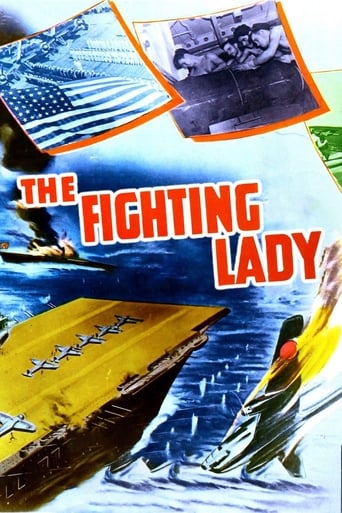
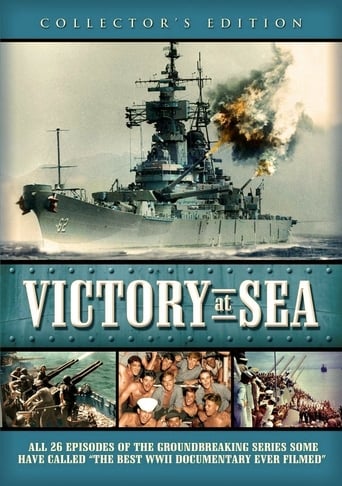
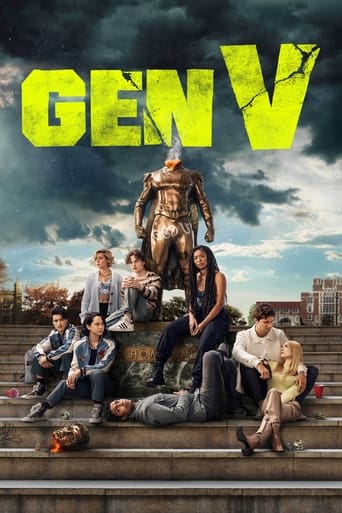

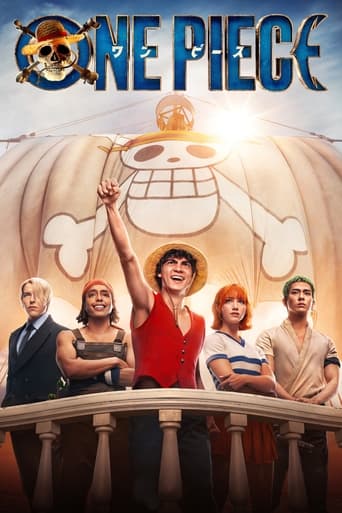
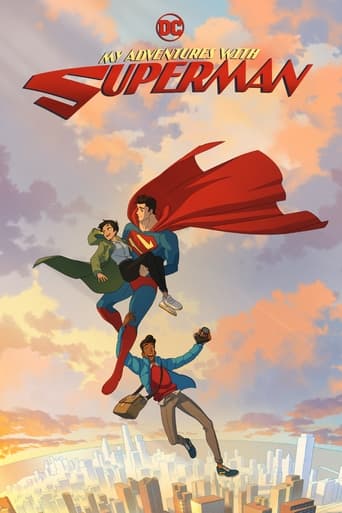
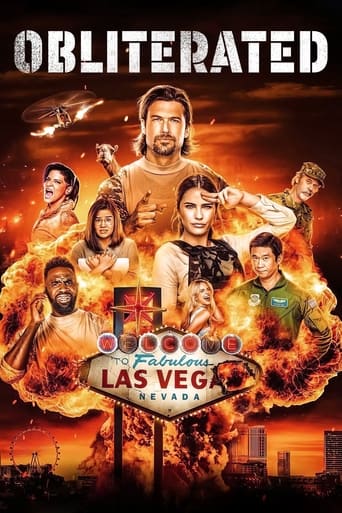
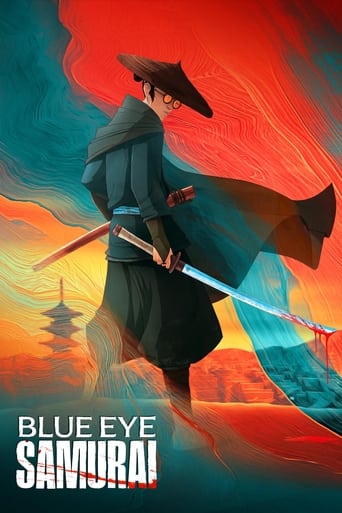
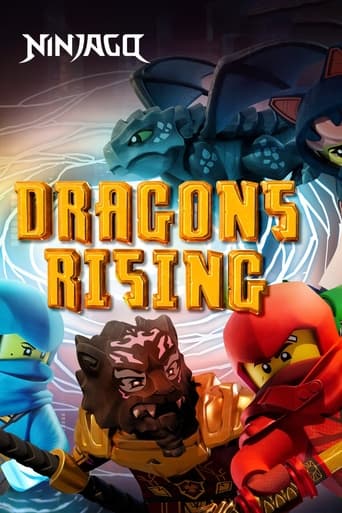
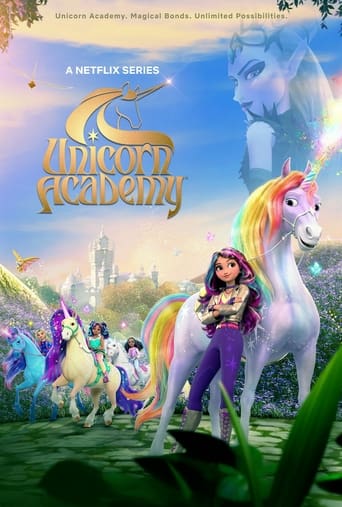



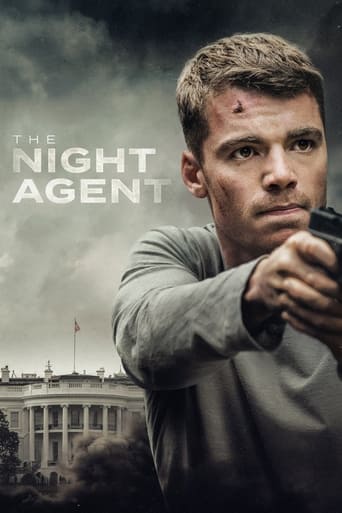
WWII From Space
WWII from Space delivers World War II in a way you've never experienced it before. This HISTORY special uses an all-seeing CGI eye that offers a satellite view of the conflict, allowing you to experience it in a way that puts key events and tipping points in a global perspective. By re-creating groundbreaking moments that could never have been captured on camera, and by illustrating the importance of simultaneity and the hidden effects of crucial incidents, HISTORY presents the war's monumental moments in a never-before-seen context. And with new information brought to the forefront, you'll better understand how a nation ranked 19th in the world's militaries in 1939 emerged six years later as the planet's only atomic superpower.